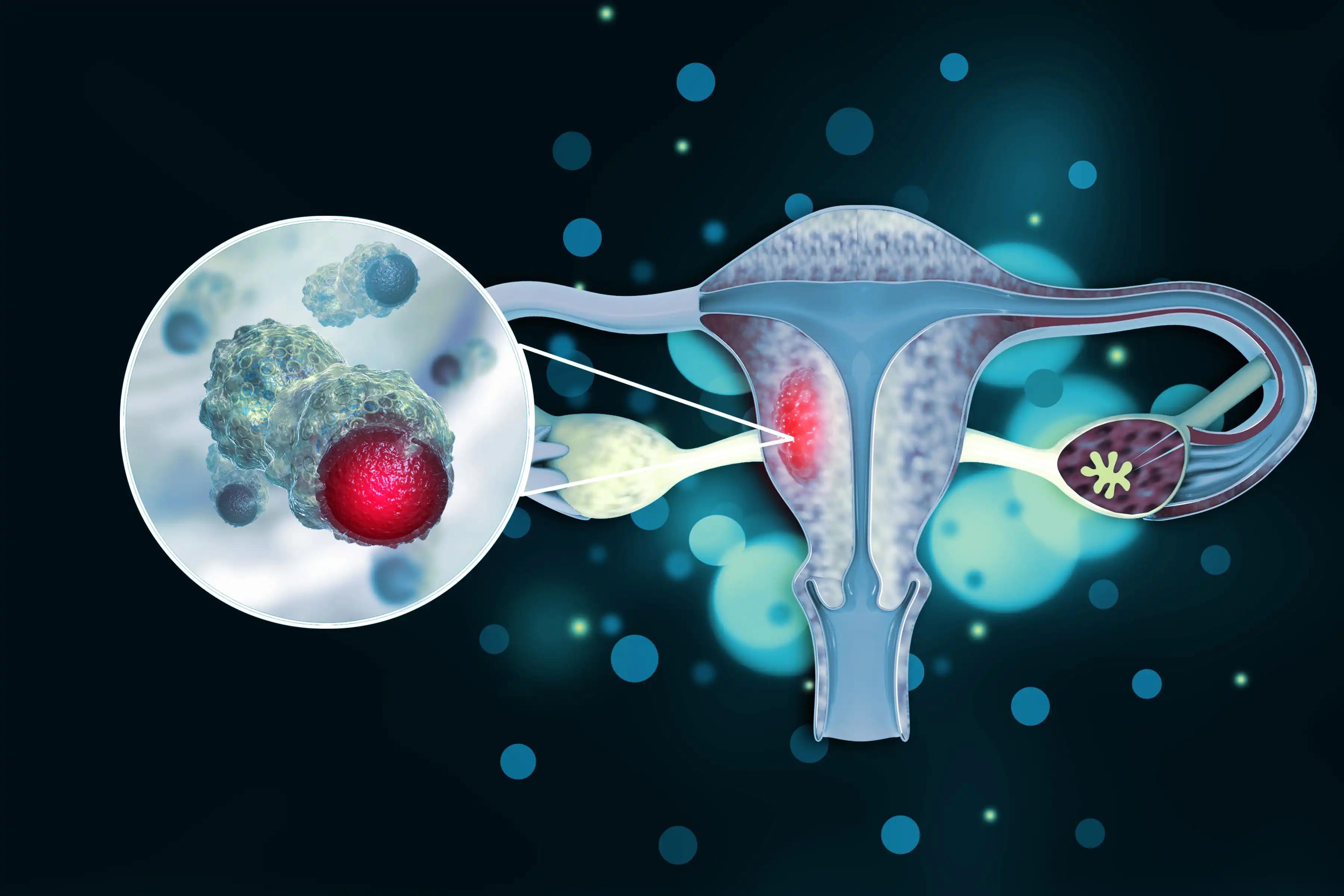KEY TAKEAWAYS
- The PORTEC-3 phase III trial aimed to evaluate the feasibility and safety of implementing a reversed sequence treatment approach.
- The study offered a viable, secure, and efficacious treatment option for high-risk endometrial cancer, addressing the difficulties associated with delayed initiation of radiotherapy.
High-risk endometrial cancer is typically treated according to the PORTEC 3 trial, advocating for adjuvant chemoradiotherapy and post-surgery chemotherapy, but in certain regions like Tunisia, accessing radiotherapy machines poses challenges, leading to substantial delays.
For this study, researchers aimed to evaluate the feasibility and safety of implementing a reversed sequence treatment approach. They conducted a retrospective analysis of 40 cases of high-risk endometrial cancer treated with the reversed PORTEC sequence from 2021 to 2022.
All patients met the eligibility criteria of the PORTEC 3 trial. Treatment involved adjuvant chemotherapy (4 cycles of carboplatin/paclitaxel) followed by concurrent chemo-radiotherapy (Cisplatin S1-S4). They included the description of patient characteristics, treatment intervals, toxicity, and survival outcomes.
The mean age of patients was 60 years, with 40% experiencing obesity and 53% having hypertension. About 74% had an ECOG PS of 0–1. Histological subtypes included endometrioid (65%), serous (17.5%), and clear cell (7.5%). High-grade tumors, nodal involvement (59%), and lymph-vascular invasion (50%) were observed.
All patients underwent surgery, with 70% having hysterectomy and bilateral salpingo-oophorectomy and 75% undergoing lymph node dissection. The median time intervals were 3 months between surgery and chemotherapy (2–6 months) and 3 months between chemotherapy and concurrent chemo-radiotherapy (1–8 months).
Chemotherapy-related toxicities (all grades) occurred in 35% of cases, with 65% experiencing neuropathy (5% G3), 8% G3–4 neutropenia (4% febrile neutropenia), 15% anemia, 10% thrombocytopenia, and 25% gastrointestinal toxicities. No G3–4 toxicities were reported during concurrent chemo-radiotherapy.
About 94% of patients completed all therapy sequences. After a median follow-up of 15 months, the recurrence rate was 15% (33% locoregional, 67% metastatic), with a median time to relapse of 14 months. Overall survival(OS) at 2 years was 80%.
The study offered a viable, secure, and efficacious treatment option for high-risk endometrial cancer, addressing the difficulties associated with delayed initiation of radiotherapy.
Source: https://ijgc.bmj.com/content/33/Suppl_3/A153.abstract
Clinical Trial: https://clinicaltrials.gov/study/NCT00411138
Latrous A, Mejri N, Rachdi H, Saadi M, Berrazaga Y, Kochbati L, Boussen H. Reversed sequence of PORTEC protocol in the treatment of high-risk endometrial cancer: an alternative in the context of low and middle-income countries.



